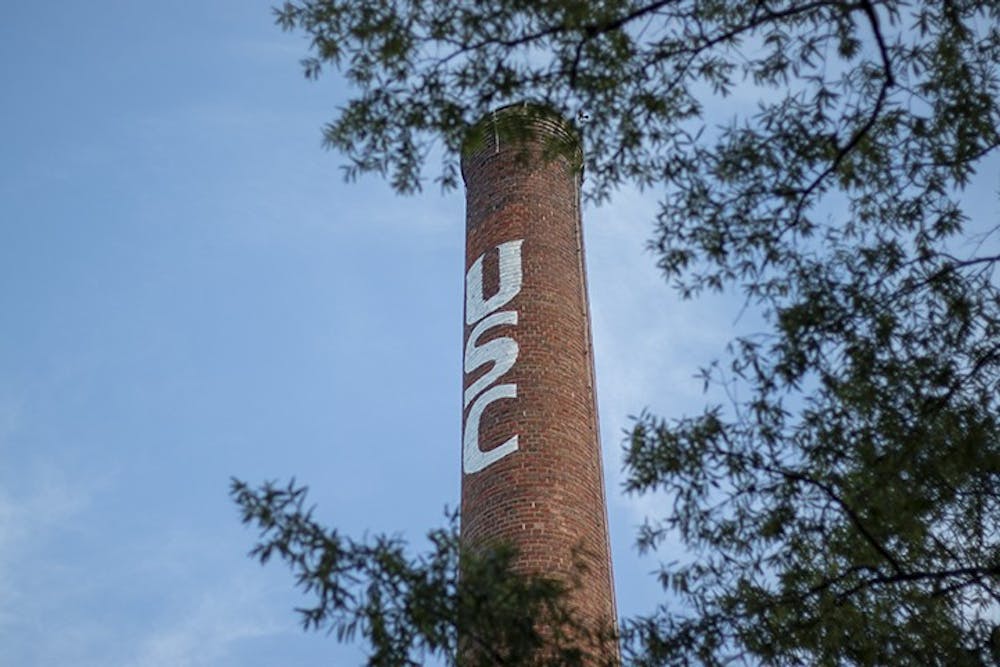The United States can learn from other countries to not only have basic coronavirus safety measures, but to also tailor additional policies based on geography and urban design planning.
March 11, 2021, marked the one-year anniversary since the World Health Organization declared the coronavirus outbreak was a pandemic.
Unless you were on a silent retreat like Jared Leto that day, you probably turned on the TV and started to process what the definition and consequences of a pandemic were supposed to be, regardless of where you were in the world.
I arrived in Columbia from Santiago, Chile, in mid-January this year, and I was surprised by how prepared the University of South Carolina was with regard to access to COVID-19 testing, quick results and organized data.
This is not the same reality across the world. Regions such as Latin America have incomplete data because of restricted access to diagnostic tests and difficulties in accurately attributing deaths to COVID-19.
In Colombia, Panamá and Perú, governments have imposed strict quarantine policies separating people by gender, where men can leave the house on certain days and women on others.
According to the mayor of Bogotá, the capital of Colombia, the measure was the most straightforward way to divide the population. This included a policy stating transgender people could follow the gender with which they identify.
These measures did not consider the different types of gender identities that exist. Nevertheless, policies such as these can be successful in the U.S. as long as national leaders are aware of the need for inclusive policy development.
Another thing to consider is the topic of the national bestseller “Guns, Germs and Steel: The Fates of Human Societies” by Jared Diamond. The author declares the advantage of one society over another is not based on race or intelligence, but in its geography.
One of the book's lessons is that societies should consider factors to which they can adapt.
For example, New Zealand carried out an effective national coordinated governmental plan that kept the public transparently and constantly informed.
Additionally, as New Zealand is an island, they have no land-based entry points, making it easier to monitor who leaves and enters the nation. Their mountainous lands limit where people live which results in a smaller population density, facilitating distance among citizens.
Nevertheless, every urban area across the world, from New York to Santiago, has geographic advantages and disadvantages because of construction of living space.
This urban development allows for more self-isolation opportunities. However, the lack of spacing creates a challenge in keeping six feet of distance between citizens, as city organization is inherently crowded.
This obstacle has to be kept in mind when planning safety measures in these areas. Even though we can all relate to the three most repeated phrases of the year — “Wear a mask,” “wash your hands” and “keep your social distance” — urban planning and quality of life are not the same across the world.
Particularly, by understanding the complexity of United States geography and the advantages we can find by building effective safety net mechanisms, we will acquire a clearer path to deal with unexpected crises.
Political institutions have to be capable of providing information in the precise moment and acknowledge how geographical differences can give them advantages. Other countries can learn from this adaptable mindset to manage similar scenarios.
Open economies and communications can help us learn from effective policies around the globe. Considering urban design structures and cultural challenges can allow us to create more tools to manage future worldwide events.

